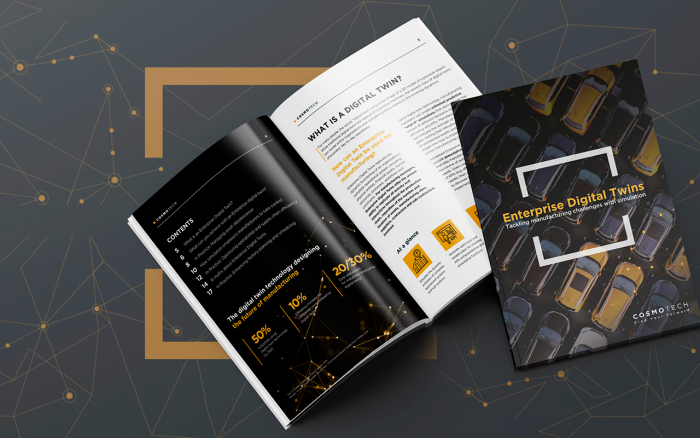Four Primary Recommendations
The analysts made four primary recommendations for data and analytics leaders responsible for AI initiatives:
- Complement AI with simulation to optimize business decision making or to overcome a lack of real-world data by offering a simulated environment for synthetic data generation or reinforcement learning.
The utility of synthetic data for businesses, particularly in manufacturing, supply chain, and asset-intensive organizations, has already been established, and AI is a natural and complementary addition to a synthetic data project.
- Complement simulation with AI by applying deep learning to accelerate simulation and generative AI to augment simulation.
Simulation projects can benefit from AI, too, especially when it comes to the speed of execution for the most complex simulations or the application of generative AI to fill gaps in simulation models.
- Create synergies between AI and simulation teams, projects and solutions to enable the next generation of more adaptive solutions for ever-more complex use cases. Incrementally build a common foundation of more generalized and complementary models that are reused across different use cases, business circumstances and ecosystems.
At the business level, it is important that the teams responsible for AI initiatives and simulation initiatives work together. By combining AI and simulation into a single technological approach, organizations can deploy the technology more broadly across their business and scale these initiatives to recoup the investment in cutting-edge decision intelligence more quickly.
- Prepare for the combined use of AI, simulation and other relevant techniques, such as graphs, natural language processing or geospatial analytics, by prioritizing vendors that offer integrated platforms based on composite AI and decision intelligence principles.
While the analysts are convinced that the combination of AI and simulation presents an opportunity for enterprises to unlock trapped value and drive better decision making, they also recognize that these two technologies need not be fenced off from other tools. Graphing, NLP, and geospatial analytics are just some of the other approaches that could be added to an AI-Simulation pairing, and the analysts recommend leaders in data and analytics favor vendors that provide platforms capable of integrating AI, simulation, and more.




